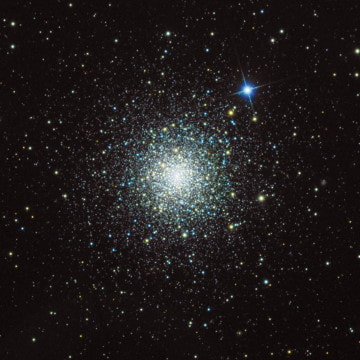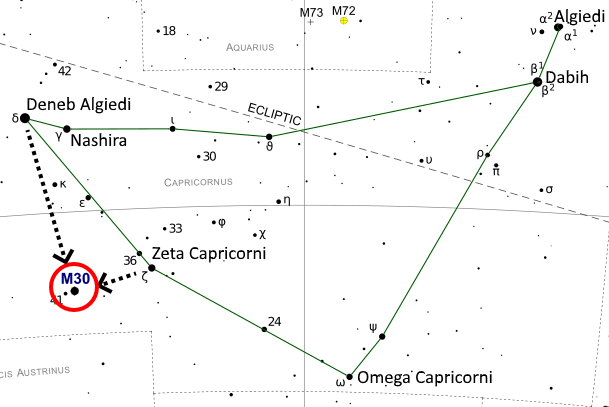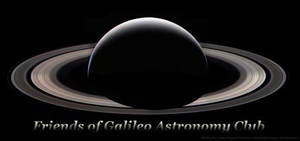FOG Blog
|
During the equinox, day and night are of equal length. We are halfway between the longest day, on the summer solstice, and the shortest day, on the winter solstice.
We're starting the planning process for Longview's second annual Solstice Lantern Walk Through the Solar System. We hope to see you there! Hey, why not become part of Longview's history and help us out as a sponsor or as a volunteer? And in the meanwhile, join us for Sidewalk Astronomy on October 4 (check calendar for changes and weather info) or for our next club meeting on October 16. Cheers! Roy
0 Comments
Sky Report by Ted Gruber
Evening Sky Venus (magnitude -3.9) and Mercury (magnitude -0.6) are visible in the west-southwest twilight for about 30 minutes after sunset. Both planets will be very low to the horizon, so you’ll need a clear line of sight to see them. Once you find Venus, look for fainter Mercury to the south of Venus and just slightly higher. Jupiter (magnitude -2.2) and Saturn (magnitude 0.4) are much easier to spot. Jupiter becomes visible in the south-southwest sky as darkness falls. Jupiter dims slightly over the course of the month, but it will still be the brightest object in the night sky other than the moon. Saturn becomes visible about 30° east of Jupiter once the sky darkens more. On the evening of October 3, the moon appears about 2° east of Jupiter. Orionid Meteor Shower The Orionid meteor shower is active from October 2 through November 7, peaking the night of October 21-22. The Orionids typically produce a maximum of 20 meteors/hour at the peak, but the last quarter moon will drown out the fainter meteors once it rises around 12:30am. The Orionids appear to radiate from a point in the constellation Orion and result from the debris trail left by Halley’s Comet on its countless passes through the inner solar system. Moon Phases Last (9/21), new (9/28), first (10/5), full (10/13), last (10/21), new (10/27). Messier of the Month – M30 M30 is a magnitude 7.7 globular cluster in the constellation Capricornus. The cluster contains an estimated 150,000 stars and has an estimated age of 12.9 billion years. Its estimated distance is about 27,000 light years. Through binoculars, M30 appears as a hazy patch of light, slightly elongated east-west. Smaller telescopes will resolve the brightest individual stars, while 8” or larger scopes will resolve more stars and reveal the cluster’s bright small core and larger halo. Click the link below to view or download this month's newsletter.
|
Friends of Galileo
We are astronomy enthusiasts who love to learn and to share our wonder at the amazing sights right overhead. Archives
February 2024
Categories
All
|
||||||




 RSS Feed
RSS Feed